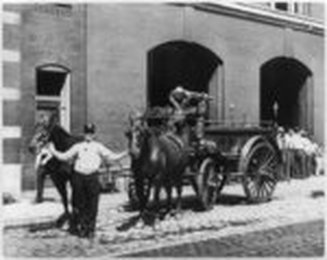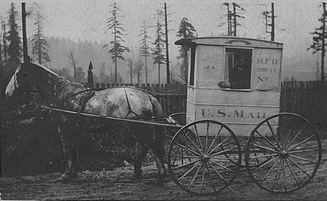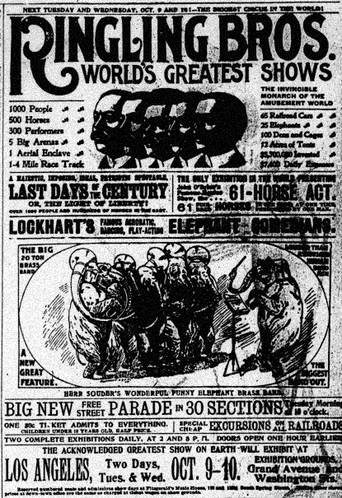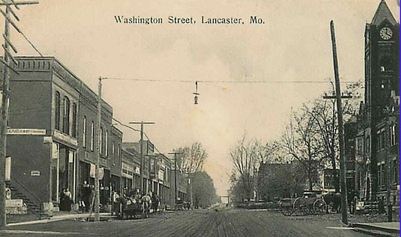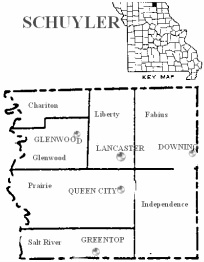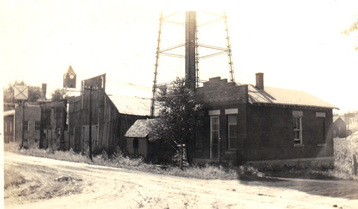Horse Industry
"By 1910, horses were used to deliver milk, remove garbage and
waste from cities, perform taxi services, pull fire engines,
deliver ice, be of service in wars, and carry the dead."
Horse Historian Rick Gore, Horsemanship & Horse History, 2013
waste from cities, perform taxi services, pull fire engines,
deliver ice, be of service in wars, and carry the dead."
Horse Historian Rick Gore, Horsemanship & Horse History, 2013
Missouri's open land and climate made it a prime location for raising horses. The 1890 Agriculture Census reported that “Missouri was home to 246,191 horses, 245,101 mules, and 6,441 asses - making the state a leader.” The 1900 Agriculture Census reported that "there were nearly 200,000,000 horses on American farms."
This abundance of horses allowed Hall to build his horse empire by buying locally.
|
|
Traveling Circuses
|
The traveling circus hit the U.S. around 1793, according to a PBS.org circus documentary. It traveled from town to town, "building its reputation by highlighting freaks and oddities.” P.T. Barnum entered the scene with his exotic animals in 1871, "during the beginning of the Golden Age of circuses." Before long, circus animals were in demand, and this would provide yet another market for Hall.
“Around 100 circuses were traveling across the U.S. by 1900.” According to the Circus Historical Society, "Most of the small shows traveled on trains from town to town [and] lasted only a few seasons before becoming bankrupt." Hall made it possible for these small circuses to get back on their feet.
|
Schuyler County, Missouri
|
Schuyler County’s population showed rapid growth between the 1840s and 1870s because of its two railroads. "From 1857 to 1861 there was more business in Lancaster than in any of the neighboring towns - Memphis, Kirksville, or Bloomfield," according to Rhonda Chalfant. Growth stopped during the Civil War (1861-1865), when most of the men left to fight.
"Large markets were too far away and so inaccessible that there was no encouragement for the farmers to raise a surplus over that needed for home consumption," explained Chalfant. Before Hall, Schuyler’s main income was from coal and tobacco shipping, which peaked in 1902. Without Hall, Schuyler's income would have soon dried up. |
|
